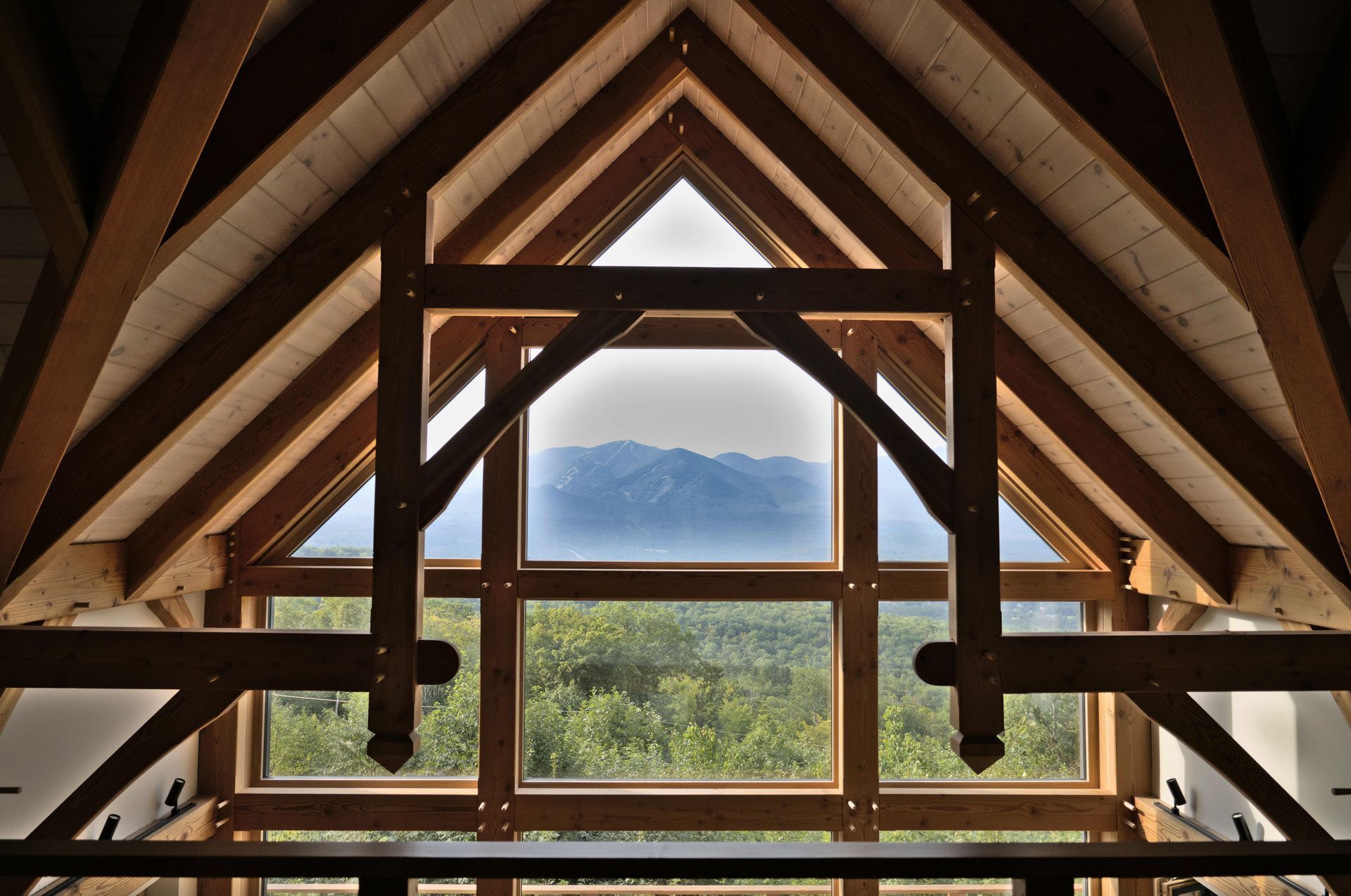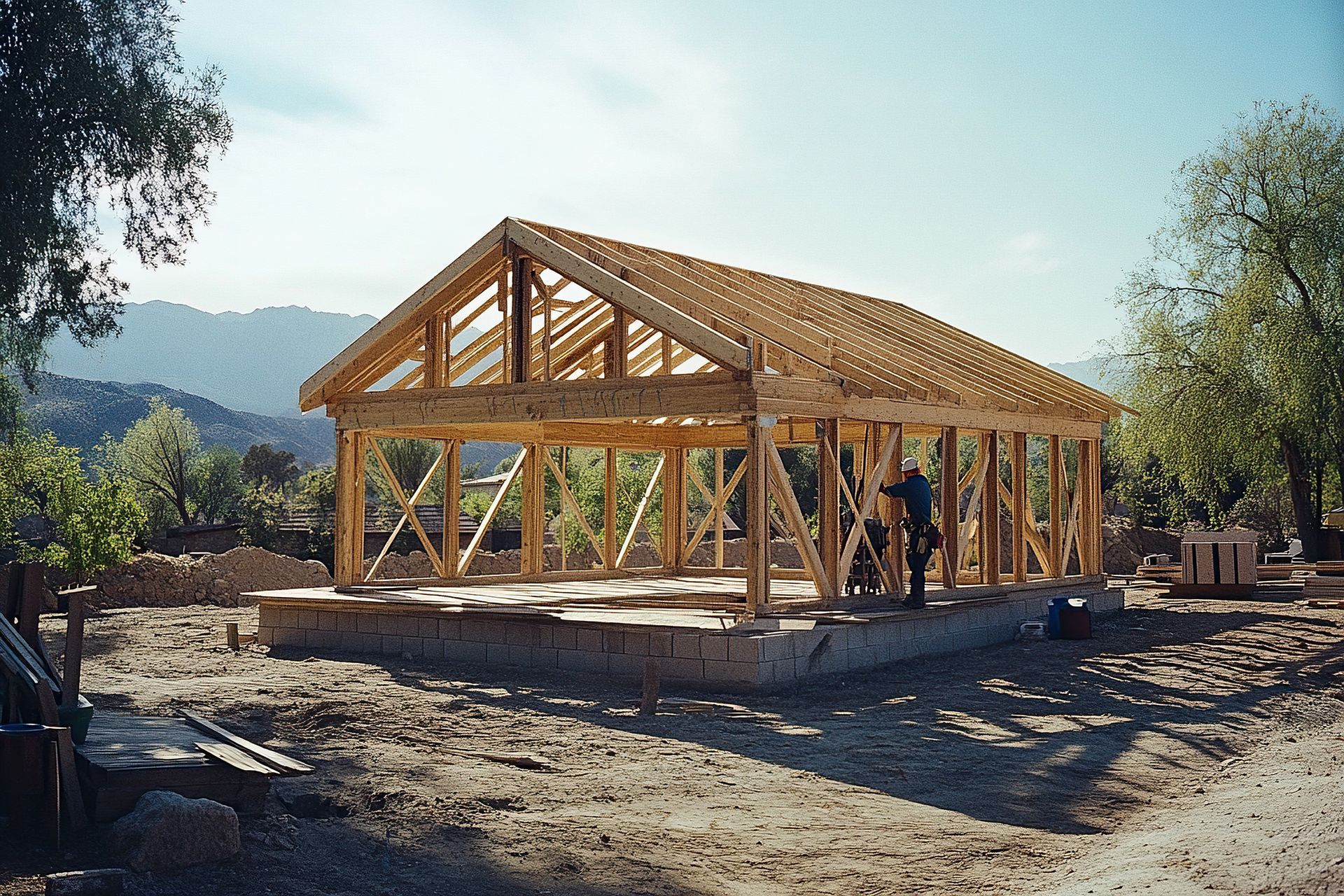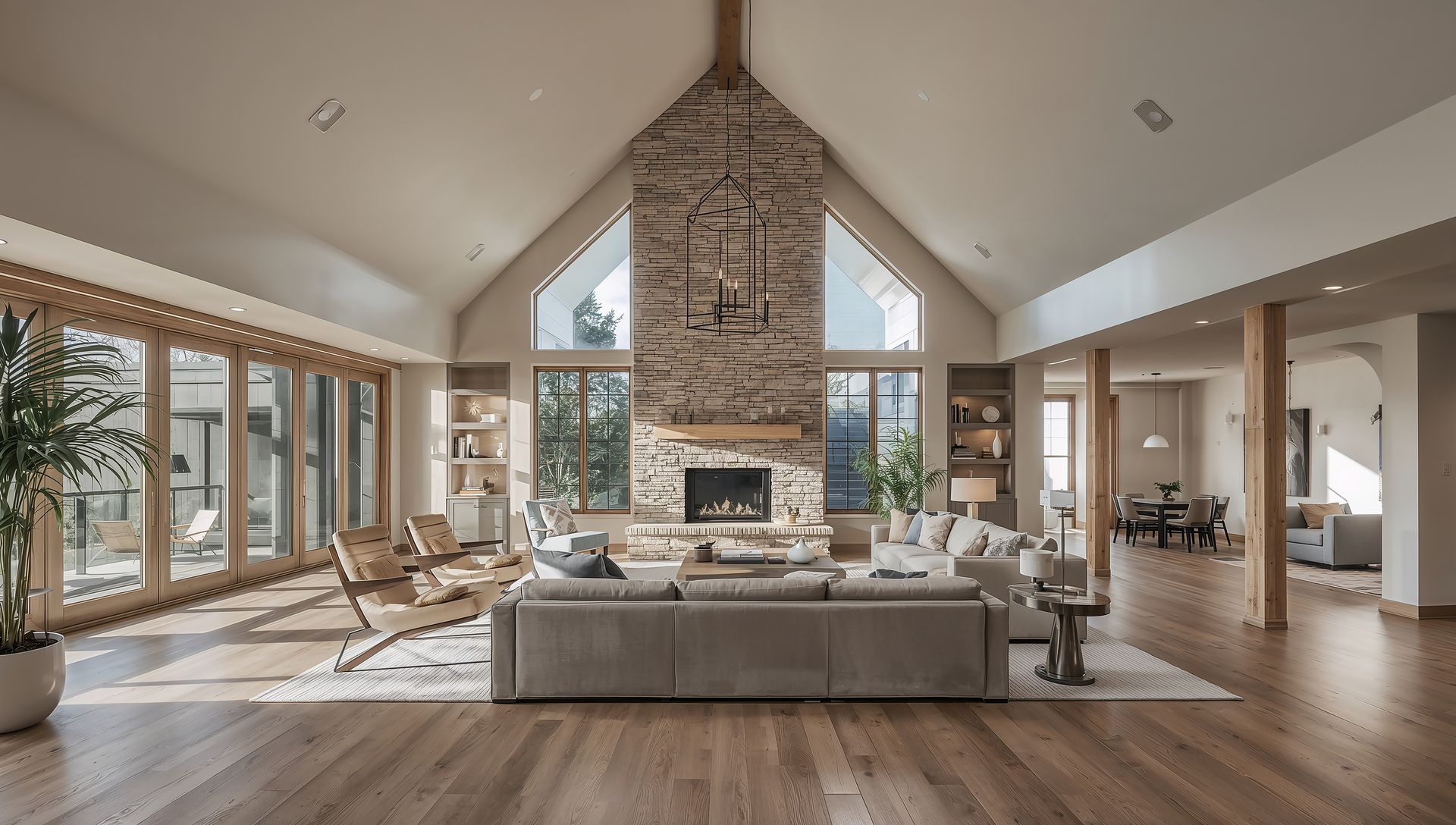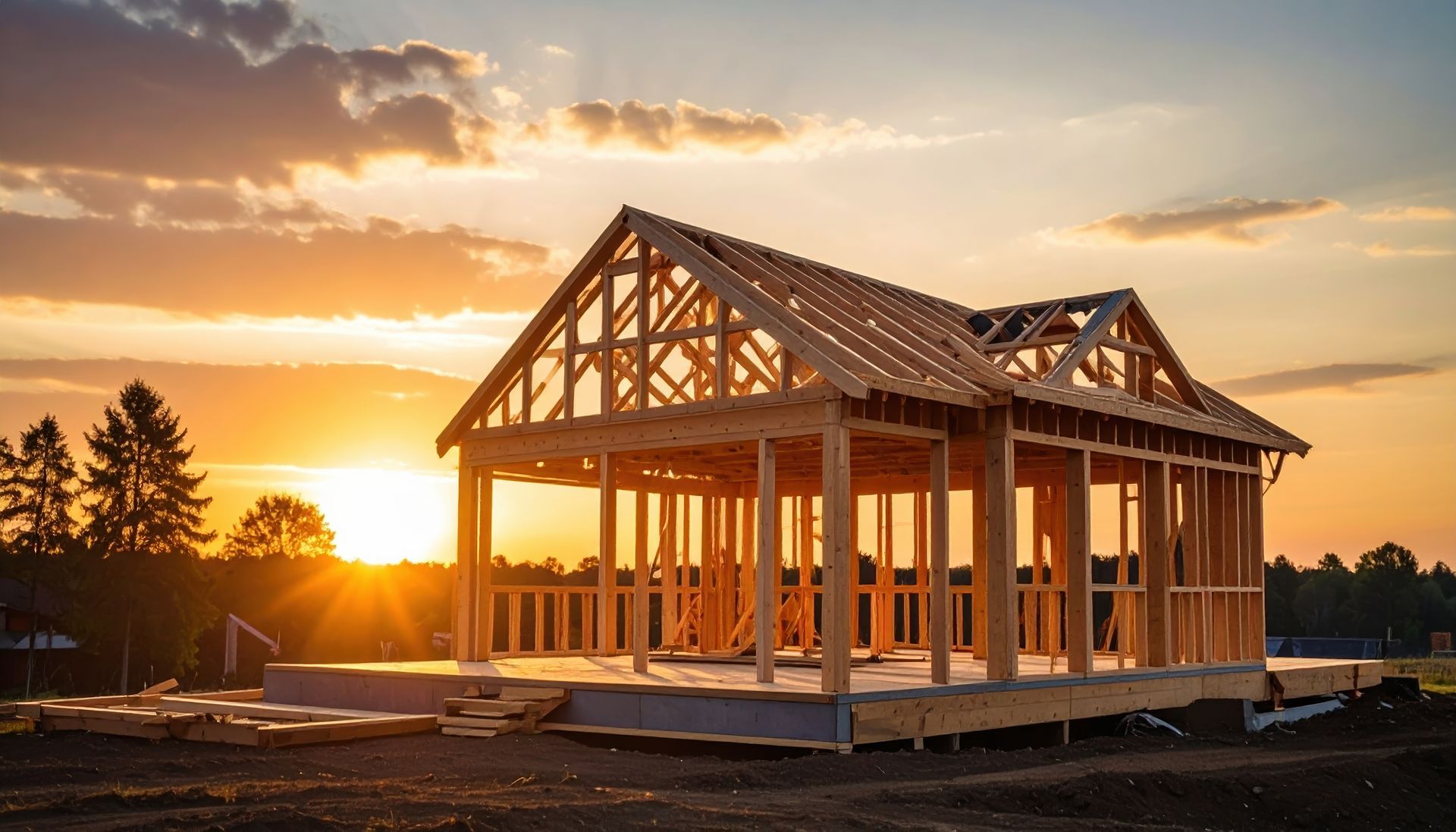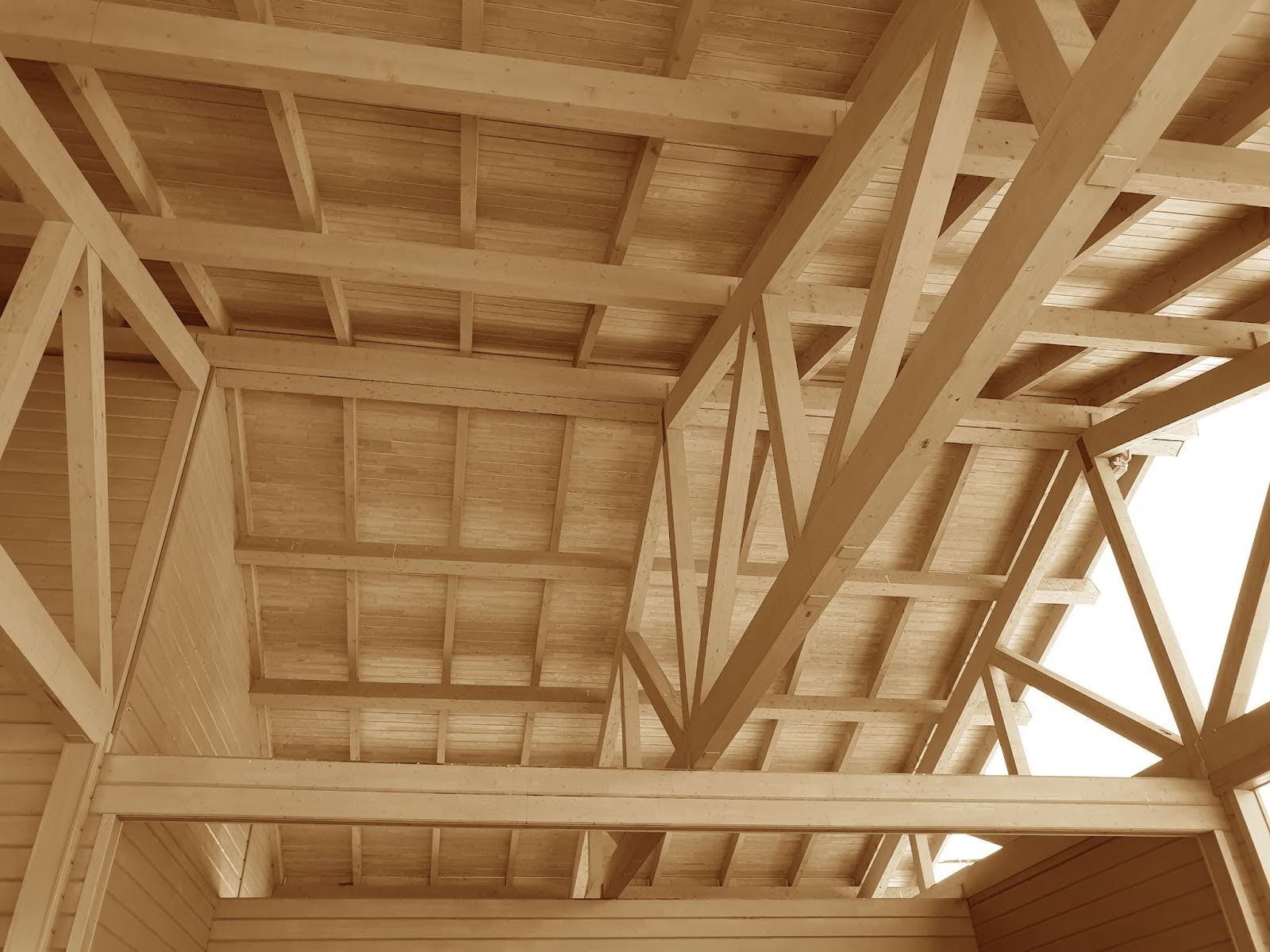Navigating the Future: The Impact of Software on Truss Design
In the realm of construction and architecture, the evolution of software tools has significantly altered how professionals approach truss design. These advanced tools offer both challenges and opportunities, reshaping traditional methods and pushing the boundaries of what's possible in structural engineering.
Evolution of Truss Design
The journey of truss design in construction has been characterized by continuous advancements aimed at enhancing efficiency, accuracy, and cost-effectiveness. Trusses, serving as critical structural components that support roofs and floors, have seen their design evolve from manual calculations and drawings to sophisticated software-assisted processes. The introduction of software in truss design marked a pivotal shift, propelling the construction industry into a new era of digital precision.
Historically, the art of truss design relied heavily on the expertise and intuition of architects and builders, with designs often drawn up by hand. Over the years, milestones in technology, particularly the advent of computer-aided design (CAD) and computer-aided manufacturing (CAM), have significantly transformed truss design, making it more accurate and much faster than ever before.
Key Software Tools Revolutionizing Truss Design
At the forefront of this technological revolution are CAD and CAM, tools that have drastically changed the landscape of truss design. CAD systems allow for detailed drafting and modeling of trusses, enabling designers to visualize structures in three dimensions before any physical work begins. CAM systems, on the other hand, take these designs and facilitate the manufacturing process, ensuring that components are produced with unparalleled precision.
Comparing traditional methods with software-assisted design underscores a massive leap in efficiency and accuracy. While manual designs were susceptible to errors and typically more time-consuming, software like MiTek, Alpine, and platforms that endorse Building Information Modeling (BIM) methodologies have set a new standard for the industry. BIM, in particular, represents a significant advancement, promoting a more integrated and collaborative approach to design and construction management.
Features of Modern Truss Design Software
Today's truss design software is endowed with features engineered to streamline the design process. Automated load calculations ensure that trusses are not only designed to fit but are also structurally sound and compliant with building codes. Material optimization algorithms help reduce waste by suggesting the most efficient use of materials.
The ability to create 3D models has been a game-changer, providing clarity and a high level of detail that was previously impossible to achieve. This, combined with integration with project management tools and cloud collaboration, enables teams to work together seamlessly, regardless of their physical location. As such, modern truss design software not only enhances the design and manufacture of trusses but also facilitates better communication and coordination among all project stakeholders.
Impact on Efficiency and Project Timelines
The implementation of advanced truss design software has manifested substantial impacts on the efficiency and timeliness of construction projects. Notably, the reduction in design time has been a crucial factor, often leading to significantly faster completion of projects. Automated design processes facilitate quicker iterations and revisions, enabling a seamless transition from the drawing board to the construction site.
The enhanced accuracy provided by these software tools plays a pivotal role in minimizing costly errors and material wastage. Precision in calculations and modeling ensures that materials are utilized optimally, reducing excess and thereby contributing to sustainable building practices. Various case studies exemplify these benefits, with projects reporting not only shortened timelines but also improved financial outcomes due to decreased error rates and material costs.
Advantages for Contractors and Designers
For contractors and designers, the advent of truss design software has heralded a host of advantages. Increased competitiveness stands out among these, as firms equipped with the latest software capabilities can deliver projects more efficiently and accurately than those relying on traditional methods. This technological edge allows for the handling of more complex designs and custom truss shapes, which would be challenging, if not impossible, to achieve manually.
These software solutions streamline communication and collaboration within project teams and with clients. The ability to visualize projects in 3D and share these models through cloud platforms enhances understanding and alignment among all stakeholders, thereby facilitating smoother project execution.
The Future of Construction with Truss Design Software
Looking ahead, the future of construction with truss design software is poised for continued innovation and expansion. Predictions indicate that further advancements in software development and the integration of AI will push the boundaries of what's possible in truss design. These technologies are expected to automate more aspects of the design process, reducing project times even further while enhancing construction quality.
The potential for new materials and innovative truss configurations enabled by advanced software is vast. As designers gain access to more sophisticated tools, the construction industry will likely see the emergence of buildings that are not only more efficient and sustainable but also more complex and architecturally striking than ever before. The ongoing evolution of truss design software is set to redefine the limits of construction, shaping the built environment of the future.
As the construction industry continues to embrace digital adoption, the challenges and considerations associated with the adoption and implementation of truss design software become more pertinent. The journey towards fully integrating cutting-edge software tools is not without its hurdles, but understanding these can pave the way for smoother transitions and more efficient project outcomes.
Challenges and Considerations
One of the primary challenges is the learning curve associated with new software. The sophistication and capabilities that make truss design software so valuable also require significant time and effort to master. For construction firms and designers, this necessitates investing in training and ongoing support to ensure that team members can leverage the full potential of these tools. Balancing this initial investment of time and resources against the expected return is crucial for justifying the adoption of advanced software solutions. The cost of software can be a barrier for smaller firms.
High-quality truss design software comes with a price tag that reflects its value, but for companies with limited budgets, this can be a stumbling block. Assessing the long-term benefits in terms of efficiency gains and cost savings is essential for making informed decisions about software investments. Data security is another critical consideration. As more companies move towards cloud-based collaboration and project management, ensuring the security of designs and sensitive information has never been more important. Adopting robust cybersecurity measures and choosing software providers who prioritize data protection are imperative steps for safeguarding project integrity.
Conclusion
The change in truss design through advanced software has had a profound impact on the construction industry, offering unparalleled advantages in accuracy, efficiency, and project management. As we have explored, from the evolutionary journey to the features that define modern truss design software, and the subsequent effects on project timelines and competitive advantages, it's clear that these tools are reshaping construction methodologies. The future holds much promise, with ongoing advancements in software development, AI integration, and material technology poised to push the boundaries of architectural design and construction even further.
The potential for innovative truss configurations and the use of new materials facilitated by software advancements offer a glimpse into a future where construction is not only more efficient and sustainable but also more creative and ambitious. Embracing these technologies comes with its challenges, requiring commitment to training, investment in software, and attention to cybersecurity. The benefits, as evidenced by improved project outcomes, efficiency gains, and enhanced competitive edge, clearly outweigh the hurdles.
As the construction industry forges ahead, staying informed and adaptable to technological advancements will be crucial for contractors, designers, and all industry stakeholders. The modification of truss design through software is not just about enhancing the way we build; it's about reimagining the possibilities of what we can build.
Embark on the future of construction and elevate your truss designs with our state-of-the-art software solutions. Stay ahead in an ever-evolving industry by harnessing the power of precision, efficiency, and innovation. Contact us today to discover how we can tailor our technology to meet your unique project needs.
